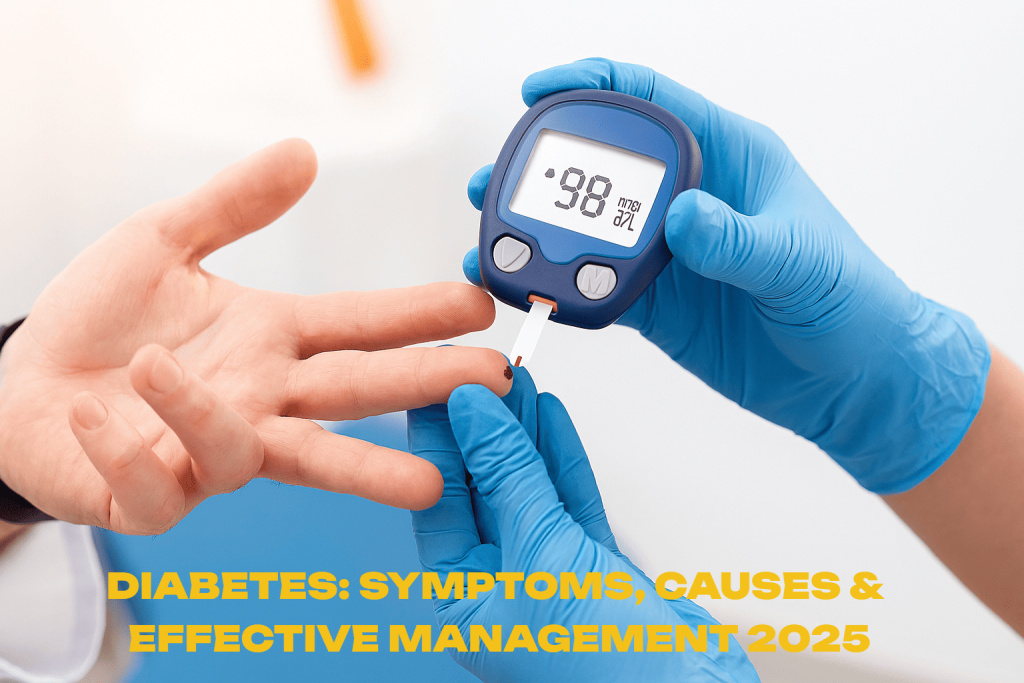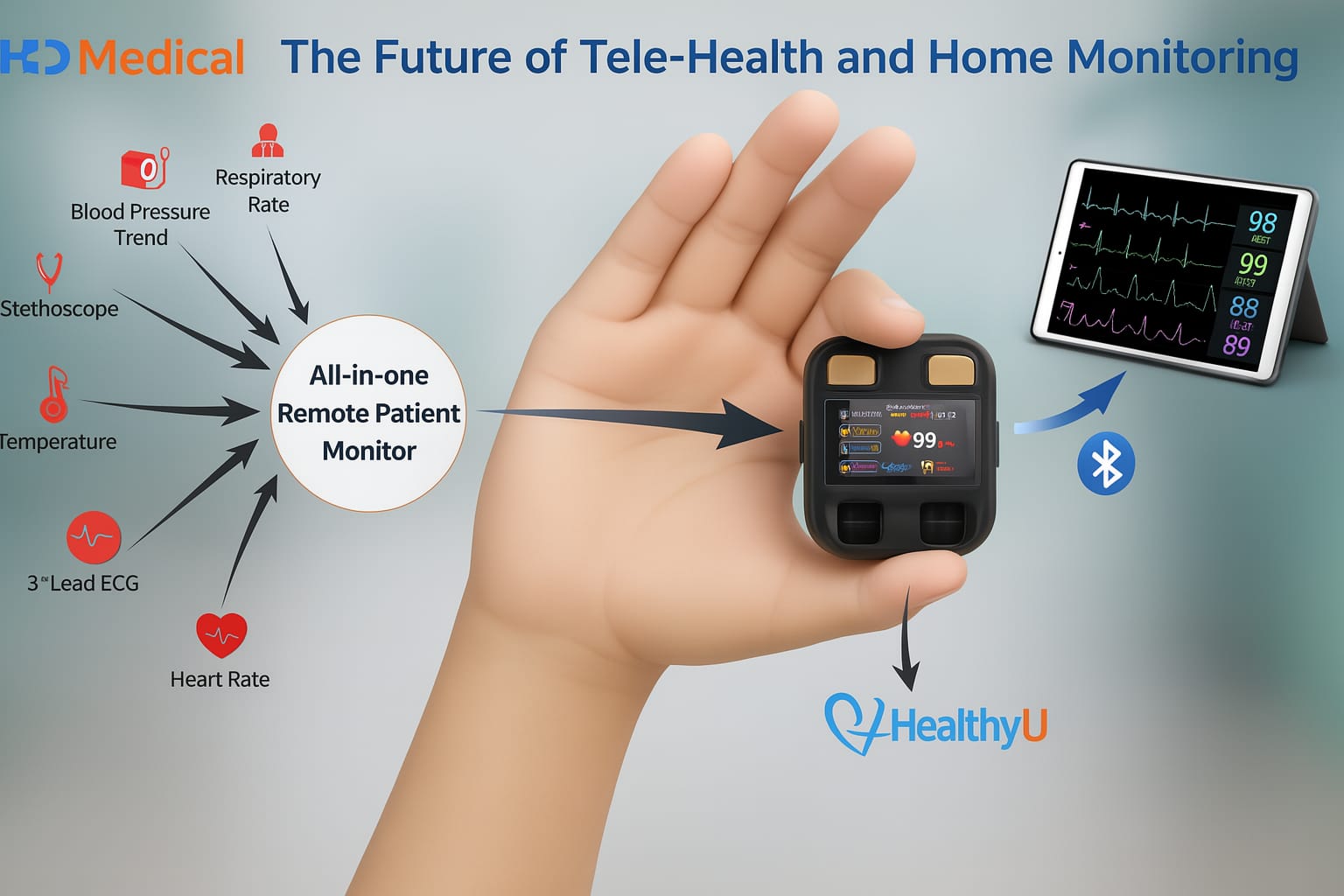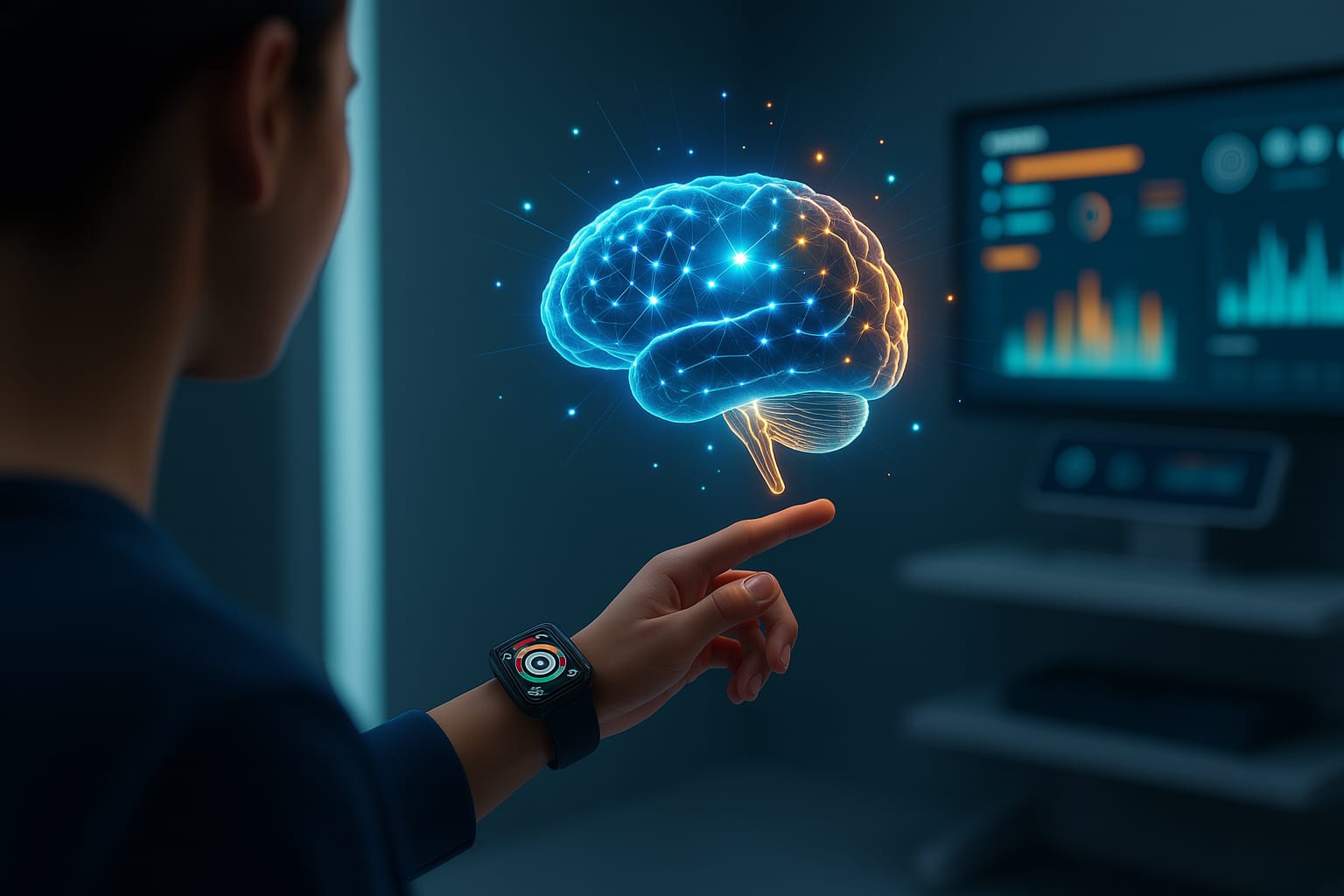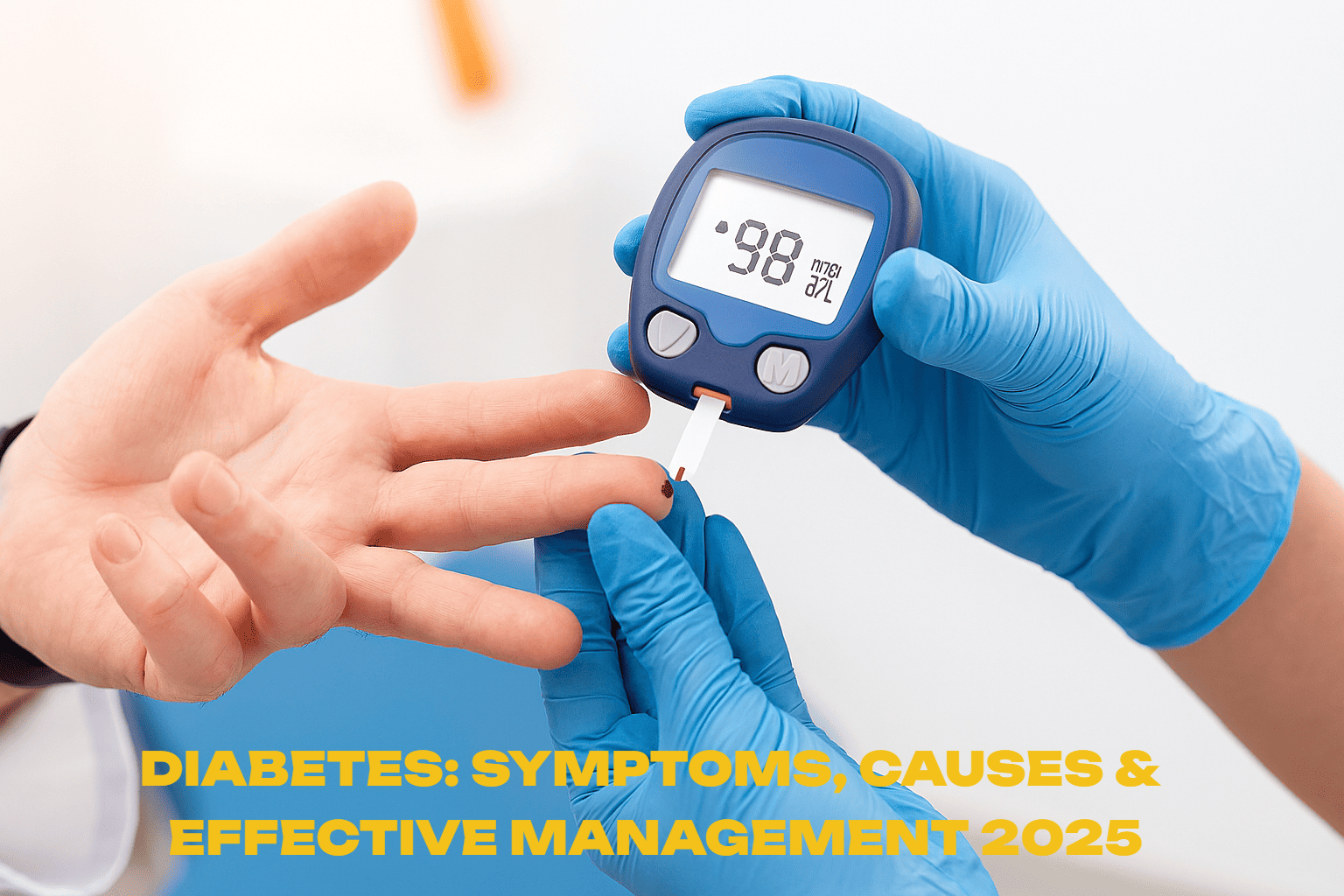Diabetes is one of the most common chronic diseases in the world that has reached epidemic levels with millions of individuals at all age groups being affected by. However, it happens when the body cannot effectively use or produce insulin, which is a hormone that manages blood sugar (glucose). Leaving diabetes untreated can cause serious complications, including heart disease, kidney issues, eyesight deterioration and nerve damage.
Today we’re briefly discussing the different kinds of diabetes and diving into symptoms as well as what causes it and how to best manage it for a healthy life.

The Main Types of Diabetes
Type 1 Diabetes
This kind is often diagnosed in children, adolescents or young adults, though it can develop at any age.
It occurs as the body’s own immune system attacks and destroys the insulin-producing cells in the pancreas.
Those with Type 1 diabetes must take insulin every day to live.
Typical Symptoms: Being very thirsty, urinating often, losing weight without trying, feeling very tired, blurry eyesight.
Type 2 Diabetes
Most prevalent type of diabetes, responsible for more than 80% of cases globally.
It is normally a condition in adults but because of increasing obesity, many children are being diagnosed.
In this condition, the body becomes unable to respond to or does not make enough insulin.
Risk Factors – Poor diet, a lack of physical activity, obesity, family history and the older you are.
Management: Lifestyle changes (diet and exercise), oral agents, and sometimes insulin.
Gestational Diabetes
A form of diabetes that occurs during pregnancy.
It typically goes away after childbirth, but women who have it are at increased risk of developing Type 2 diabetes in later life.
Baby’s Risks: High birth rate, and higher risk of early delivery, obesity or diabetes later in life.
Other Specific Types
Less frequently due to genetics, pancreatic disorders, hormonal imbalances or some drugs.
Examples: MODY (Maturity Onset Diabetes of the Young), drug-induced diabetes, and pancreatitis induced diabetes.
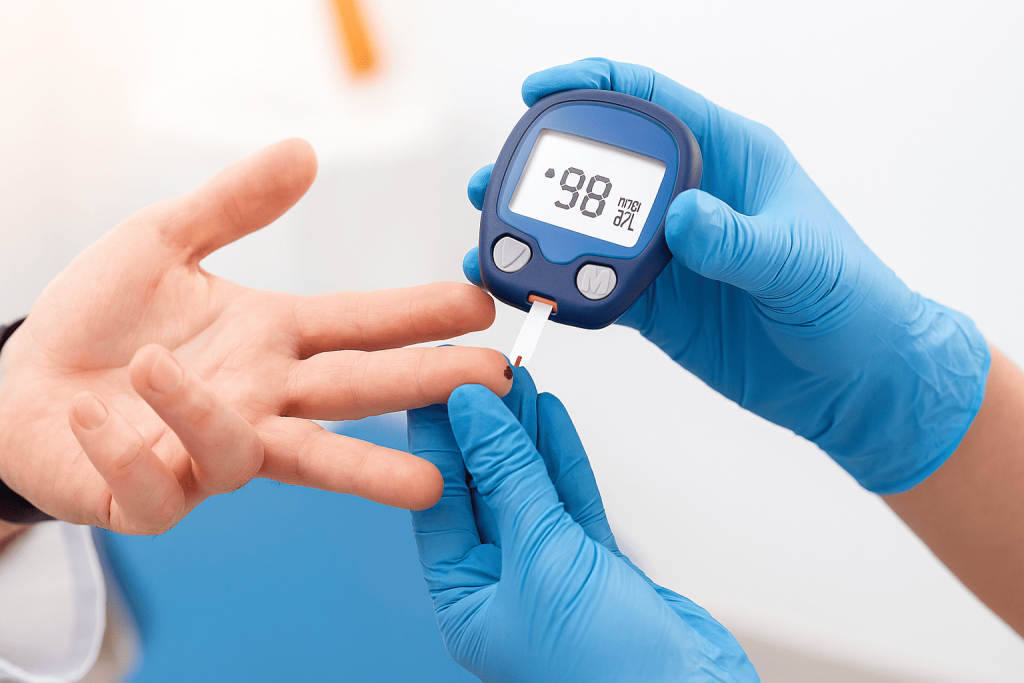
Common Symptoms of Diabetes
There are finally some common signs among all breeds, even though the two types can be different.
. Constant thirst and dry mouth
. Frequent urination, especially at night
. Extreme hunger even after eating
. Unexplained weight loss or gain
. Blurred vision
. Slow healing of wounds
. Fatigue and irritability
. If you see any of these signs, do not wait — contact a doctor right away for screening and diagnosis.
How Is Diabetes Diagnosed?
Diabetes diagnosis Doctors usually use blood tests to diagnose diabetes, such as:
Fasting Blood Sugar Test
HbA1c (Glycated Hemoglobin) Test
Oral Glucose Tolerance Test
Early diagnosis is important in avoiding sequelae.
Managing Diabetes Effectively
Diabetes cannot be cured, but it can be managed: [wp-svg-icons icon=chain light fill=#1d48c4] Lifestyle changes Insulin therapy Drugs controlling glucose(blood sugar) level Regular blood tests and modifications in diet as per results of these tests Targets Fasting Glucose – 70-120 mg/dLOGTT (Oral glucose tolerance test) up to 140 mg/dl.
Healthy Diet
Consume high-fiber foods like vegetables, fruit, beans and whole grains.
“Cut back on sugar, refined carbs and processed foods.”
Opt for lean protein and healthy fats.
Regular Physical Activity
Aim for 30 minutes or more of moderate exercise (walking, cycling, swimming) 5 days a week.
Exercise reduces blood sugar and promotes insulin sensitivity.
Medication and Insulin
Type 1 patients must rely on insulin injections or, more recently, pumps.
Type 2 patients often take oral drugs or insulin or both, depending on severity.
Routine Checkups
Monitor blood sugar regularly.
Go to yourprovider for eye, kidney, and heart checks.
Preventing Diabetes
Especially in the case of Type 2 diabetes, prevention is crucial. You can reduce your risk by:
. Maintaining a healthy weight
. Eating a balanced diet
. Staying physically active
. Avoiding smoking and excess alcohol
. Managing stress effectively
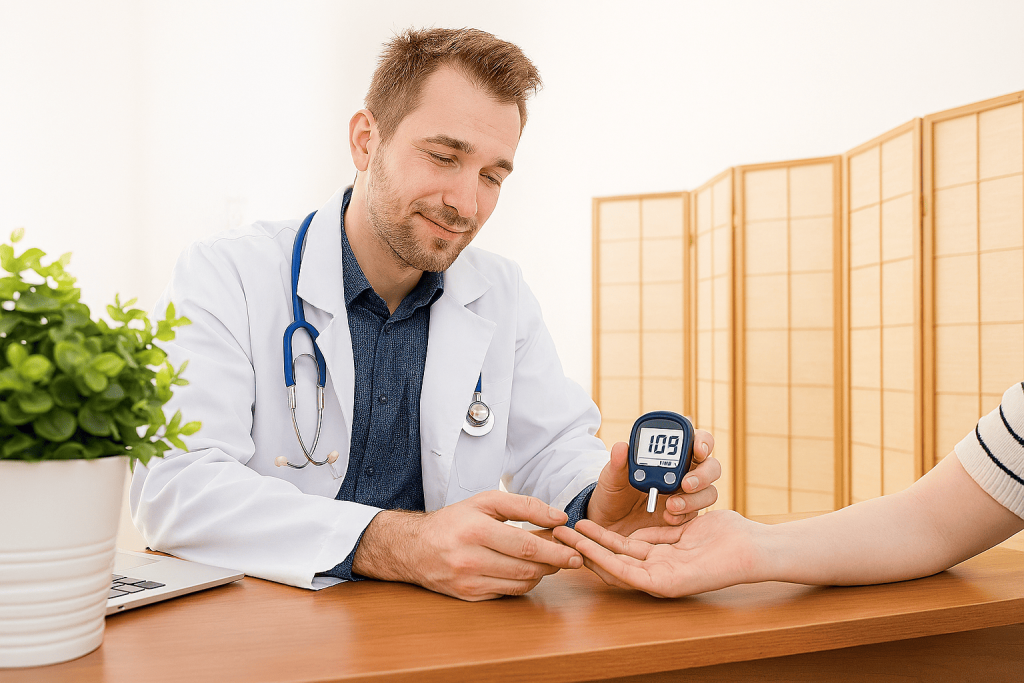
Final Thoughts
Diabetes is no small matter, but there is a light at the end of the tunnel. With good lifestyle choices and medical care, people with diabetes can lead long, active, and healthy lives.
Do not wait to see your doctor if you think you have symptoms of diabetes and wish to begin treatment and proper screening. Early action can make a huge difference in preserving your long-term health.

